Hysterectomy Set
Hysterectomy Set, Hysterectomy Surgical Instrument Set comprising:
- 2 Foerster Sponge Forceps Straight 9-1/2″
- 2 Allis Tissue Forceps 5×6 Teeth 9-1/2″
- 2 Mixter Rt Angle Forceps
- 2 Schnidt Curved Hemostat
- 2 Heaney Needle Holders
- 6 Heaney Clamps
- 2 Heaney-Ballentine Clamps Str
- 1 Heaney-Ballentine Clamps Curved
- 8 Rochester-Ochsner Forceps Straight 8″
- 4 Rochester-Ochsner Forceps Curved 8″
- 1 Mayo Dissecting Scissors Curved 6-3/4″
- 1 Metzenbaum Scissors Curved
- 1 Russian Tissue Forceps
- 1 DeBakey Tissue Forceps
- 1 Scalpel Handle #3Lu
- 1 Deaver Retractor 1″ x 9″
- 1 Deaver Retractor 1″ x 12″
- 1 Deaver Retractor 1-1/2″ x 12″
- Uterine fibroids that cause pain, bleeding, or other problems
- Uterine prolapse, which is a sliding of the uterus from its normal position into the vaginal canal
- Cancer of the uterus, cervix, or ovaries
- Endometriosis
- Abnormal vaginal bleeding
- Chronic pelvic pain
- Adenomyosis, or a thickening of the uterus
Hysterectomy for noncancerous reasons is usually considered only after all other treatment approaches have been tried without success.
Types of Hysterectomy
Depending on the reason for the hysterectomy, a surgeon may choose to remove all or only part of the uterus. Patients and health care providers sometimes use these terms inexactly, so it is important to clarify if the cervix and/or ovaries are removed:
- A supracervical or subtotal hysterectomy removes only the upper part of the uterus, keeping the cervix in place.
- A total hysterectomy removes the whole uterus and cervix.
- A radical hysterectomy removes the whole uterus, tissue on the sides of the uterus, the cervix, and the top part of the vagina. Radical hysterectomy is generally only done when cancer is present.
The surgeon may remove the ovaries — a procedure called oophorectomy — or may leave them in place. When the tubes are removed that procedure is called salpingectomy. When the entire uterus, both tubes, and both ovaries are removed, the entire procedure is called a hysterectomy and bilateral salpingectomy-oophorectomy.
Surgeons use different approaches for hysterectomy, depending on the surgeon’s experience, the reason for the hysterectomy, and the patient’s overall health. The hysterectomy technique will partly determine healing time and the kind of scar, if any, that remains after the operation.
There are two approaches to surgery: a traditional or open surgery and surgery using a minimally invasive procedure or MIP.





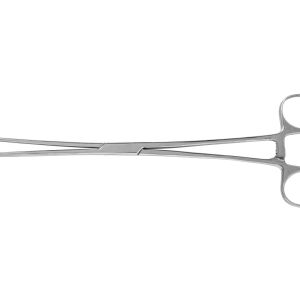
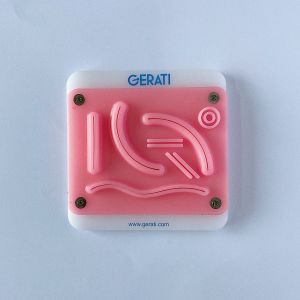
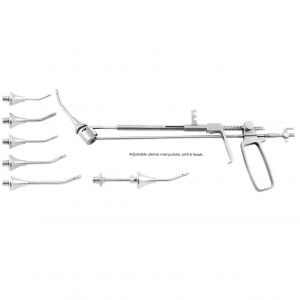
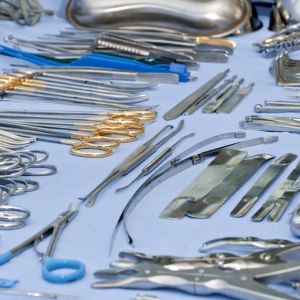
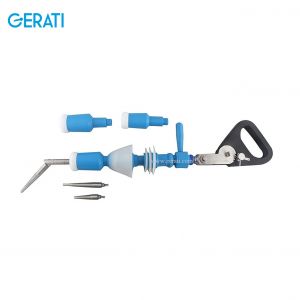


Reviews
There are no reviews yet.